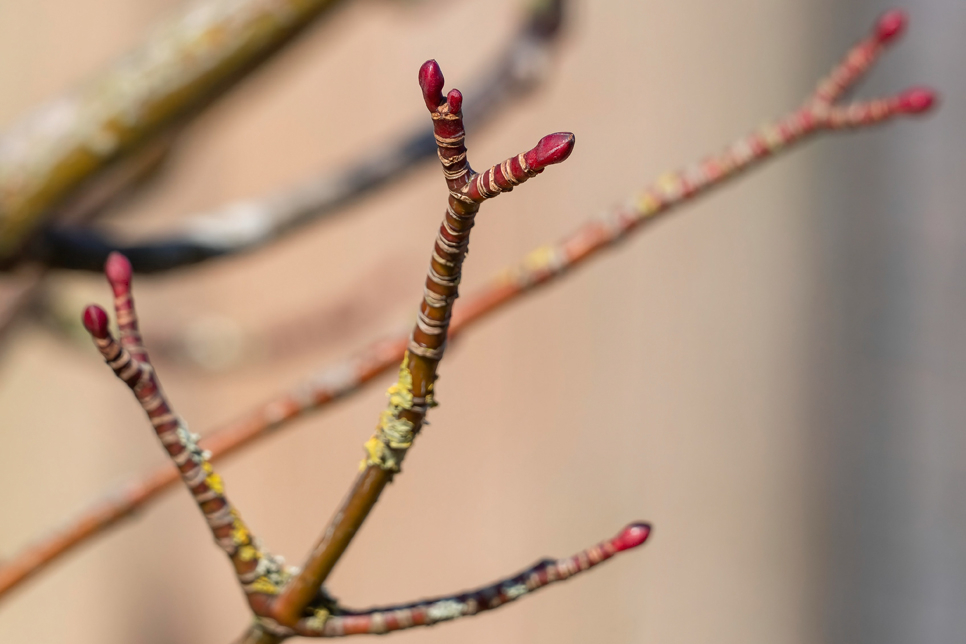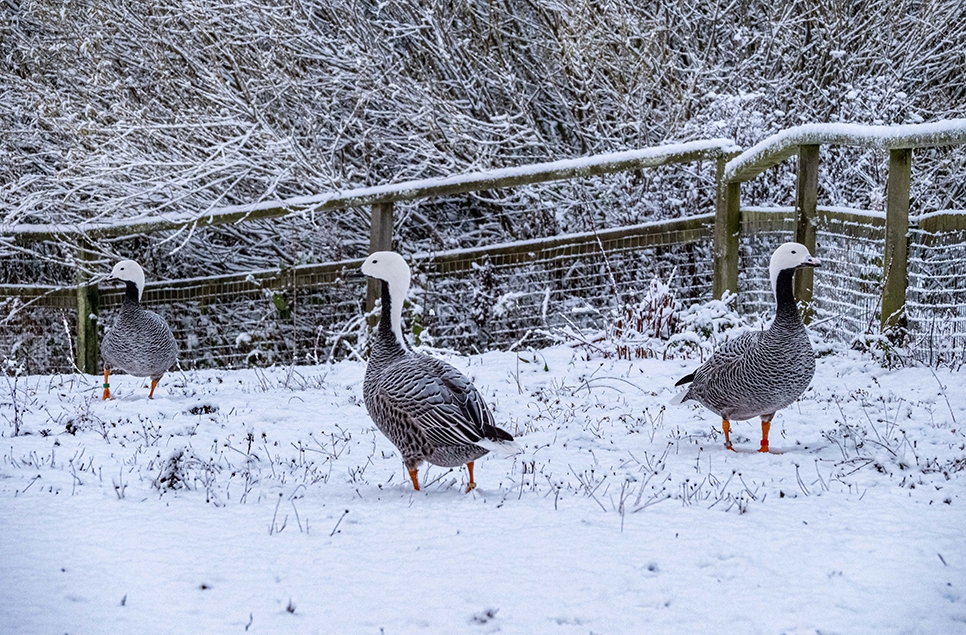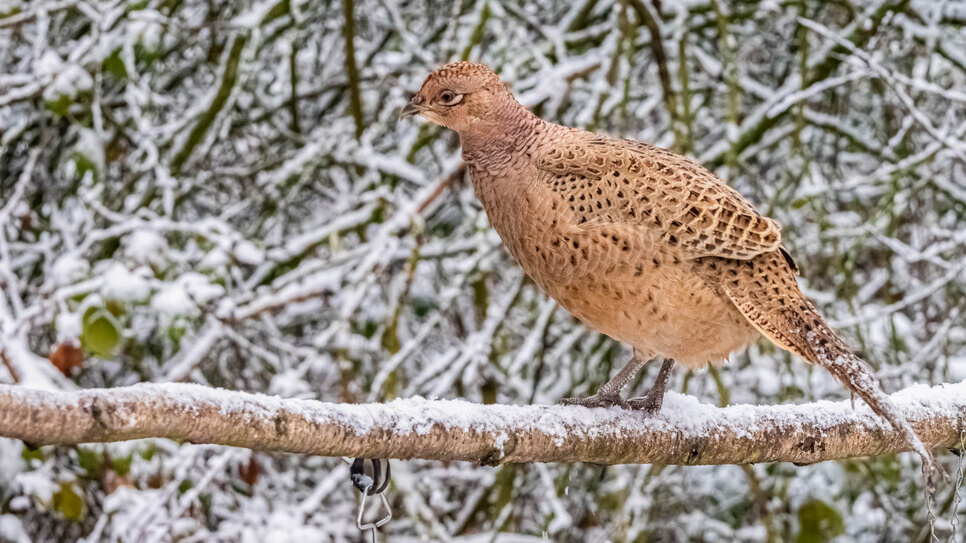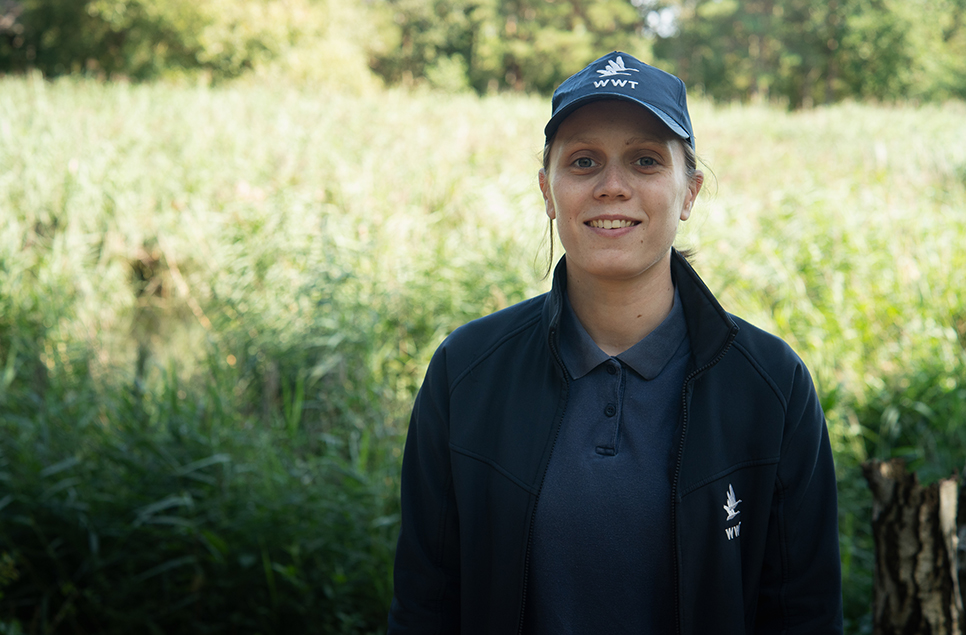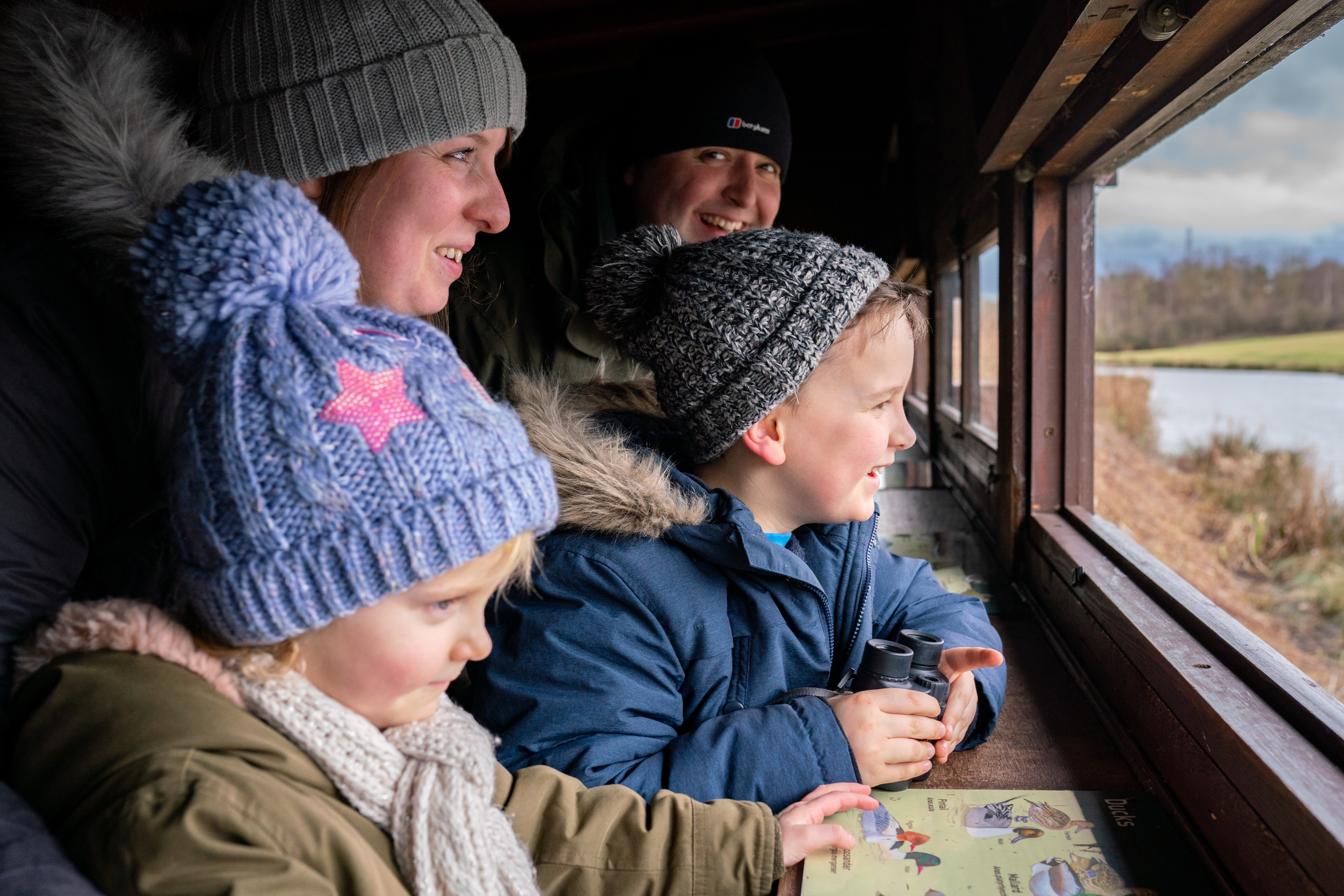Early signs of spring around our wetlands
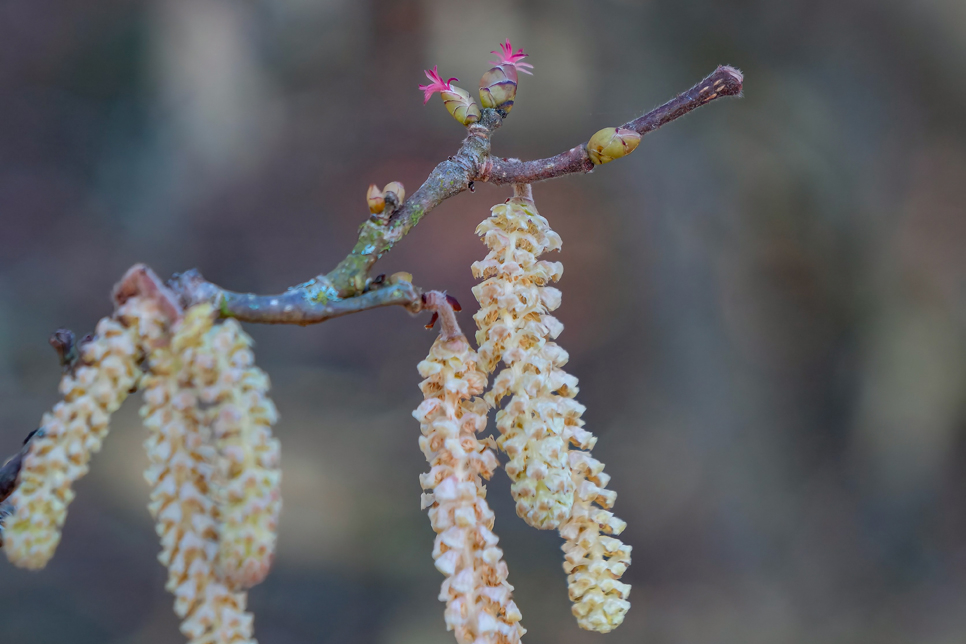
It might still be chilly out there, but some early spring signs are already starting to appear around our wetlands.
There’s something rather exhilarating about the arrival of this most hopeful of seasons; the natural world on the cusp of new life and new beginnings and we have the privilege of watching it all unfold. How lucky!
Dainty snowdrops have been bobbing their heads in our woodlands for a couple of weeks now, to the delight of visitors. They may seem fragile but these bold little flowers are first to nudge through the frozen ground in January and we love them for it.
Hazel and willow catkins can also be seen and some trees are beginning to bud, while vibrant yellow gorse bushes add a welcome pop of colour.
Fun fact: the distinctive ‘coconutty’ scent of gorse flowers at their peak in spring is experienced very strongly by some people but weakly by others!
Why not get together with friends or family for an outdoor adventure soon and explore our woodlands, meadows and waterways as they start awakening after winter?
Here are some more early spring signs to look out for as you go and please share your stories or pics with us!
Early spring flowers and trees
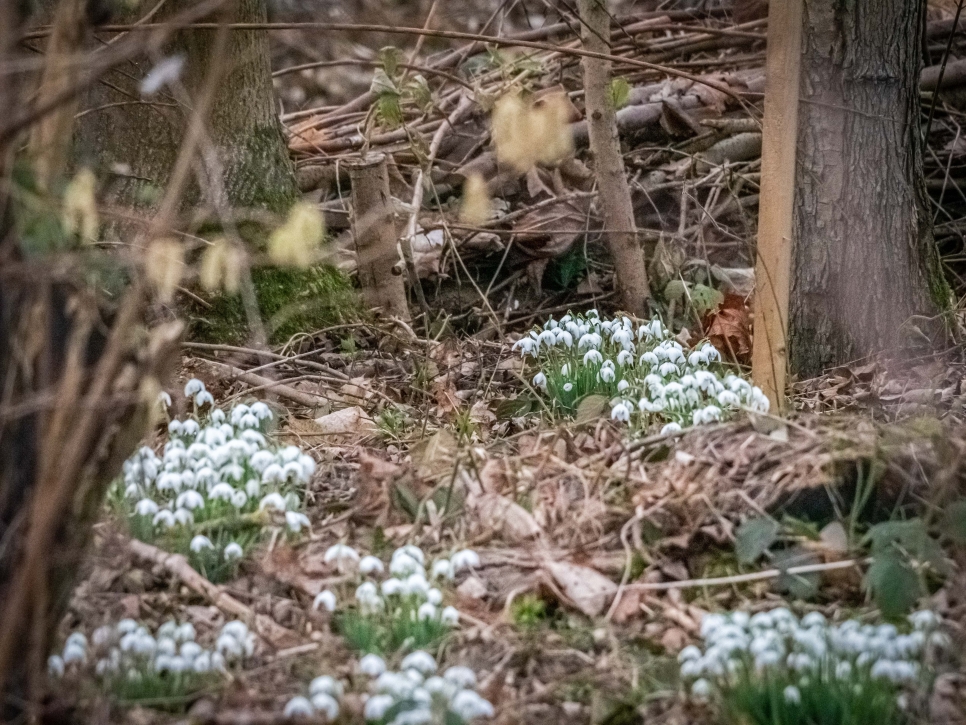
Snowdrops, crocuses and wood anemone are some of the earliest and most welcome floral signs of spring, as are catkins forming on willow trees. The silver catkins of the pussy willow look like little furry cat's paws - hence the name!
This is a busy time of year for trees, as their roots start pulling water and nutrients up from the soil, while their buds – lying dormant since autumn – get ready to burst into leaf as soon as there’s enough sunlight.
Trees which are pollinated by wind have to flower before the leaves emerge, so that the foliage doesn’t restrict the flow of pollen. The pretty, crimson stamens of the ash tree do this around March time.
In late February, cheerful yellow daffodils begin to appear and our woodland floors gain a smattering of dog’s mercury, making the most of the light before the tree canopy shades over.
New floral life is emerging near water too. Marsh marigold (a kind of boggy buttercup) starts to bloom its yellow flowers by March. Unlike many plants, its flowers remain open in wet weather and actually fill with rain, allowing pollen to float from the stamens to the stigma and ensuring pollination even in the rainiest of British springs, when few insects are about. So clever.
Nest-building
Early spring on our wild reserve is all about new birdlife and the buzz of activity that comes with it. Squabbles over territories, elaborate courtship displays and mating calls, frenetic nest-building…this season has it all!
One of the UK’s best grey heron colonies returns to set up home in the hedge opposite Wader Lake in January. These large wading birds can be seen jostling for space or carrying nesting material back and forth from the comfort of our hides. With some already incubating eggs, their spiky haired chicks are expected to make an appearance in the next few weeks.
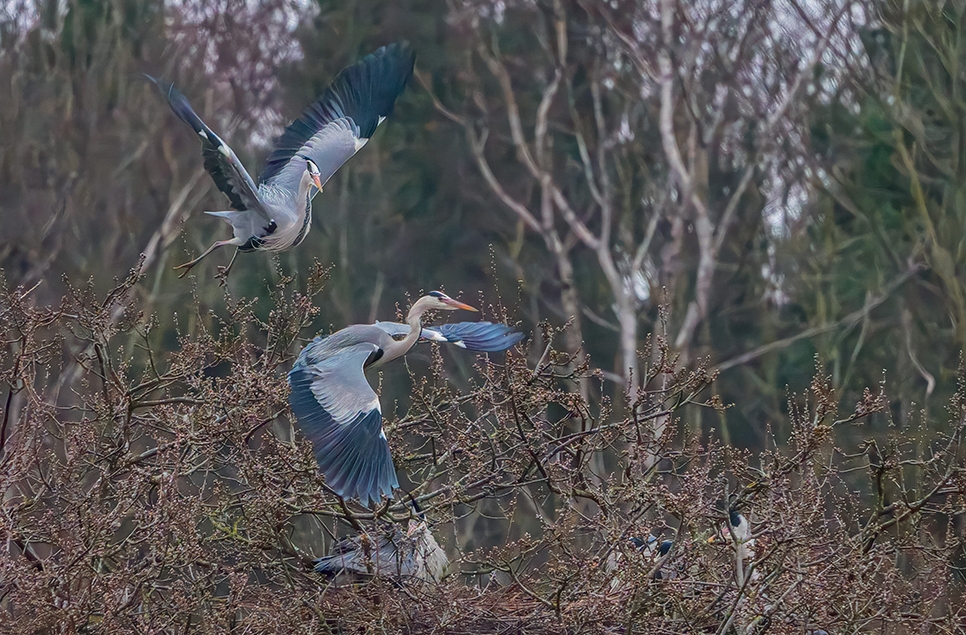
The drawn-out ‘peewit’ call of the red-listed lapwing is something to listen out for too. From the reedbed vantage point behind our duckery you can watch them as they soar and tumble through the air above Wader Meadow, in a dramatic attempt to attract a mate.
Did you know, a group of lapwings is called a 'deceit' – named after the way the parent birds lure predators away from their nests by feigning a broken wing.
In the woodlands, birdsong begins to build, as early nesters including blackbirds, blue tits and great tits become more vocal in a bid to attract a partner and warn rivals away from their territory.
Regionally rare avocets make their way back to the North East in early spring - the first was even spotted on Friday 21 February! They are a key species here; courting, mating and nesting on the lake’s shingle islands. We can't wait to see what this breeding season has in store for them!
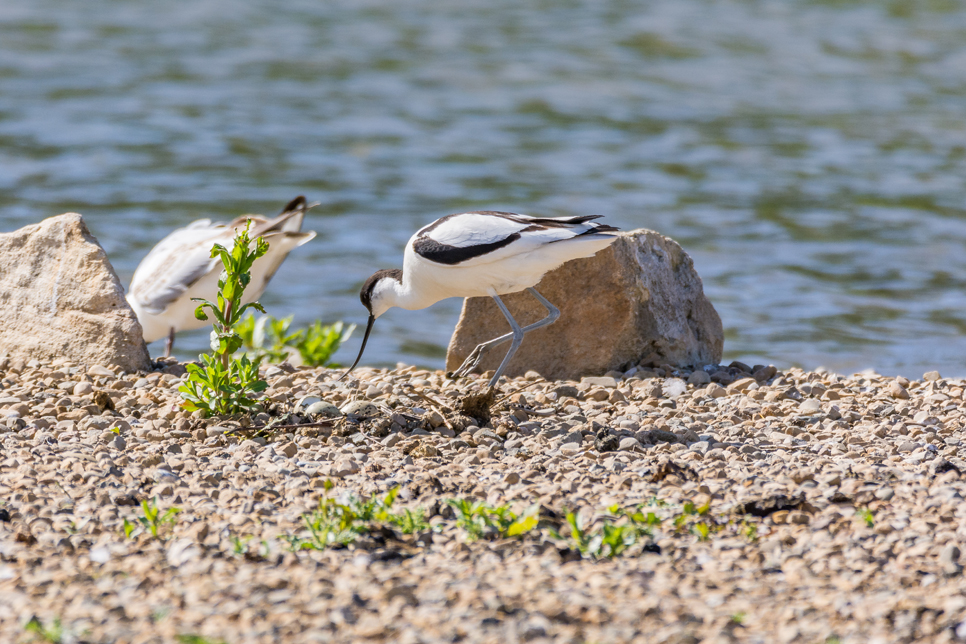
Frog and toad spawn
Synonymous with springtime, frog and toad spawn typically appears on site by March, but unexpectedly warm weather can see our amphibious friends returning to mate at the ponds where they spawned even earlier.
Take a stroll along the river footpath to our amphibian ponds and look just below the surface of the water, especially amongst the reeds at the edge, to be rewarded with sneak peeks of these amazing jellified clusters or beaded strings containing thousands of tiny embryos.
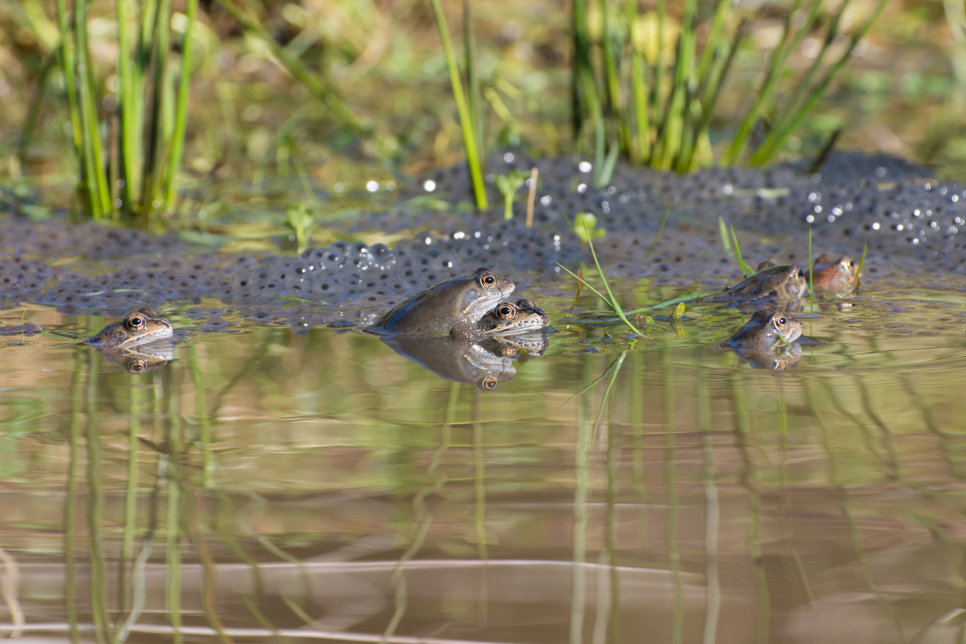
Ready to visit?
If you've been inspired to explore Washington Wetland Centre, find out more and plan your visit online.
Plan your visit